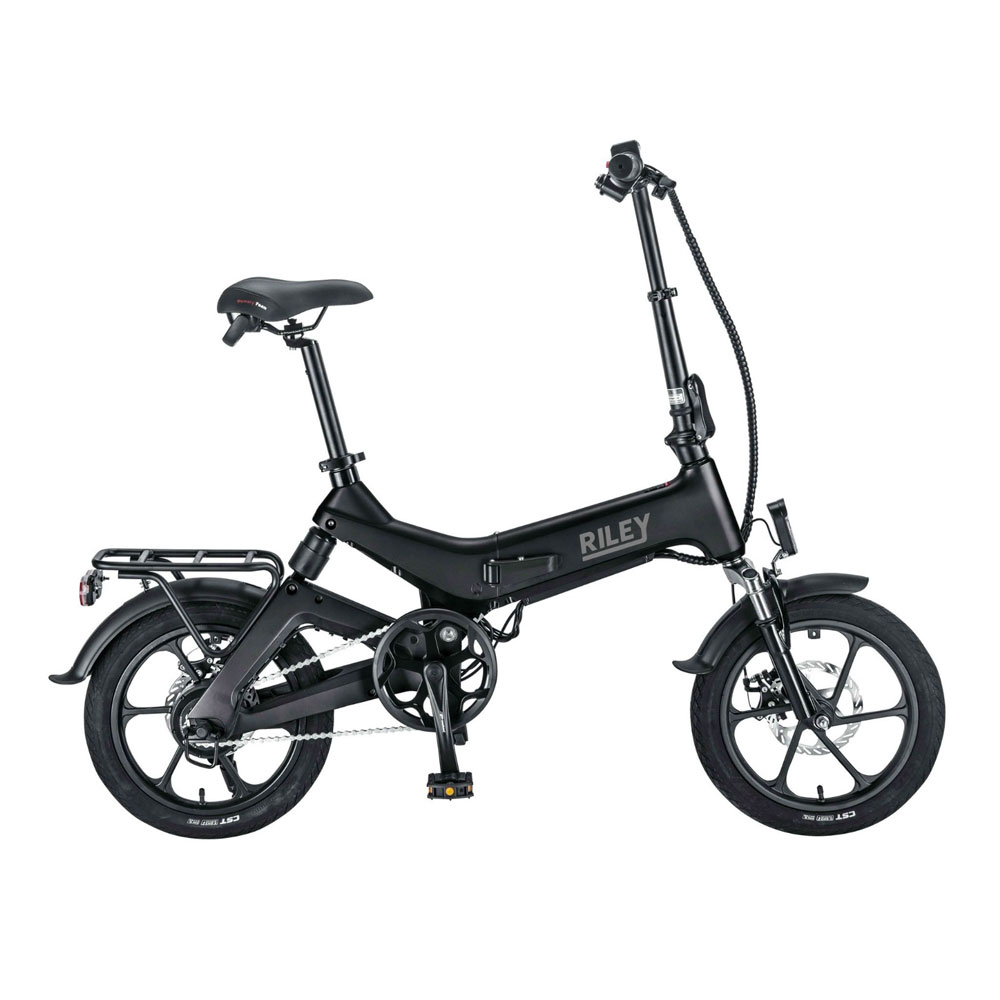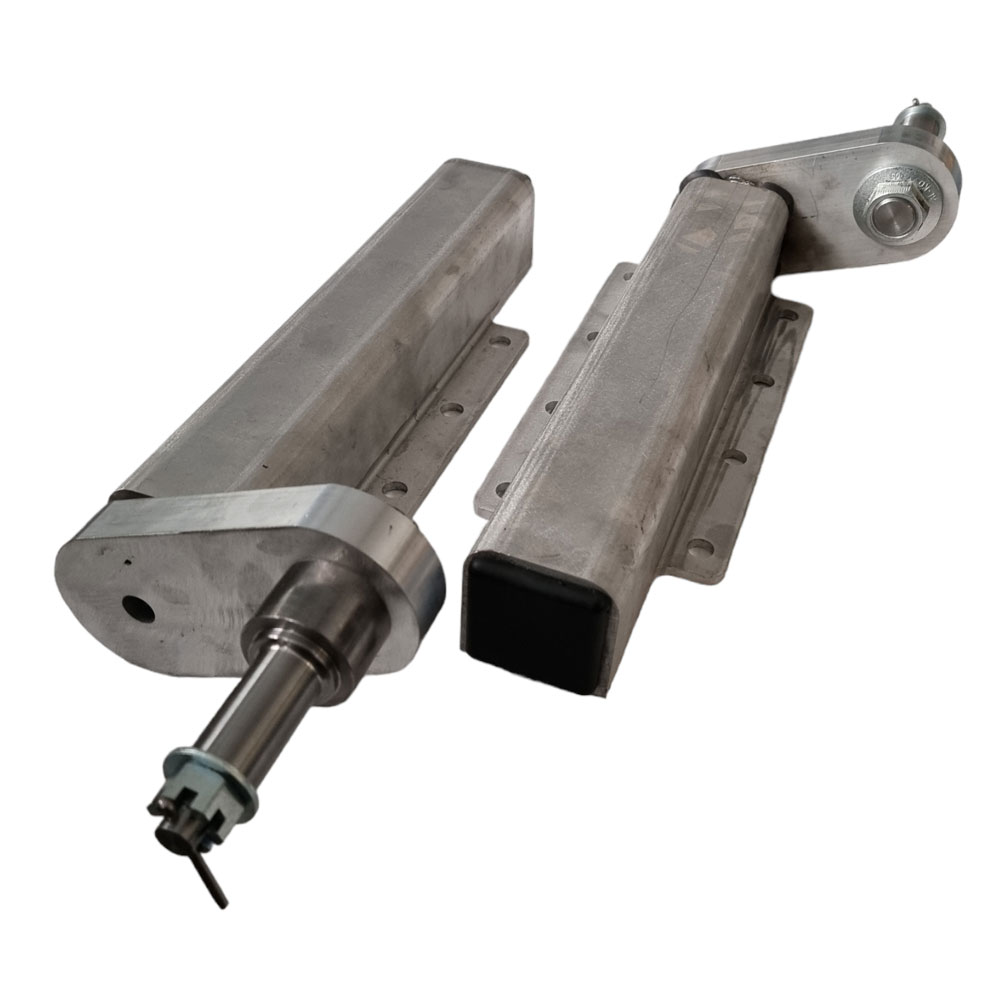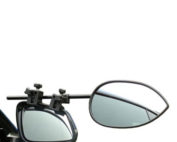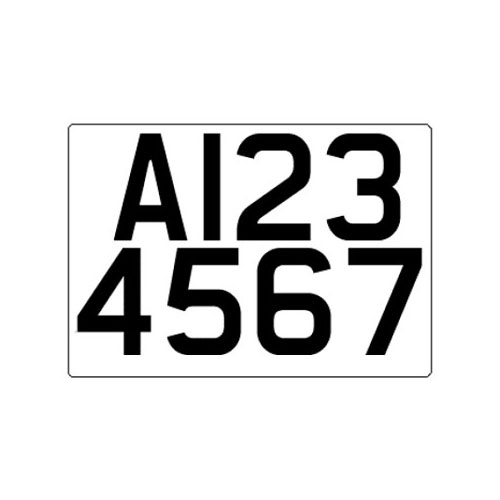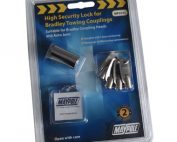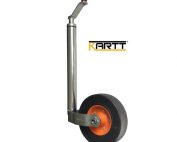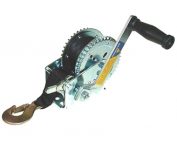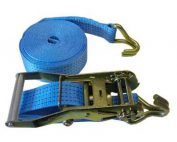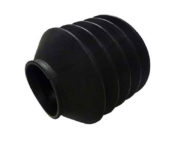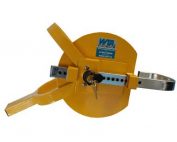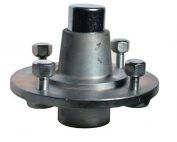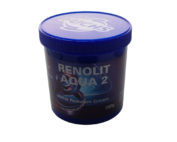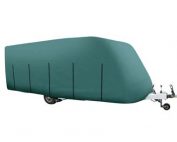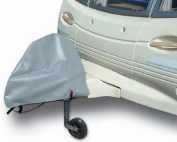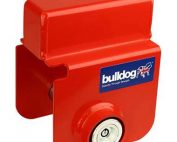A Guide to Towing a Trailer or Caravan
from Western Towing – www.westerntowing.co.uk
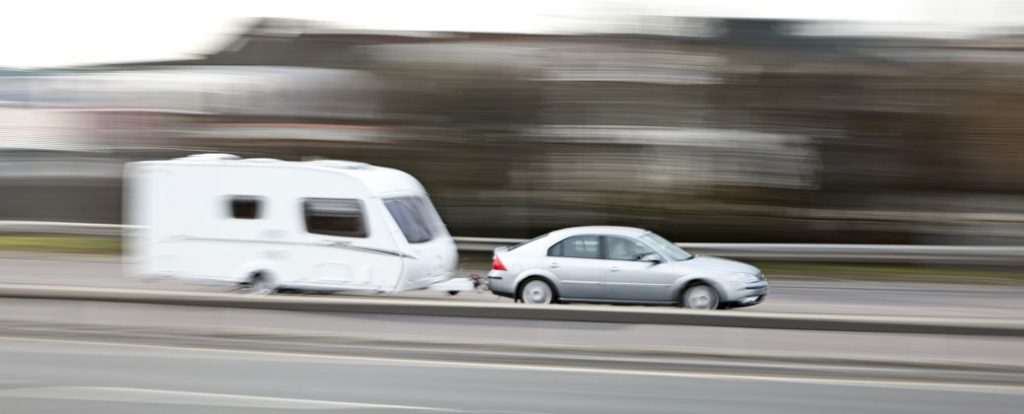
Are you considering towing a caravan or a trailer? You might be going on holiday, needing to move household items, possibly transport a boat, or you could need to tow as part of your business. If you are then you will need to familiarise yourself with the current rules and regulations with regards to towing. There is a wealth of things you will need to know before beginning to tow. To help you to be able to stay within the law and tow safely we have created this guide full of advice and tips to support you.
Does my current licence permit me to tow?
Drivers who passed their test prior to January 1, 1997 are permitted to drive a vehicle and trailer/caravan providing the combined weight is below 8,250kg Maximum Authorised Mass (MAM). You will find that most caravans and trailers fit into this weight category.
For those whose licences were issued after this date, you are permitted to drive a vehicle up to 3,500kg MAM towing a trailer of up to 750kg MAM. You will also be permitted to tow a trailer over 750kg as long as the combined MAM of the trailer and towing vehicle is no more than 3,500kg. There is a separate test available to those who wish to tow a heavier trailer or caravan outside these rulings. Here you can find more information about driving licences.
What is my Towing Capacity?
This is an important factor to be considered, you must be aware of your vehicles towing capacity before attaching your trailer, caravan or boat as every vehicle will be different. When making these calculations always include the weight of the trailer too.
You must consider the connection between your towing capacity and the kerbside weight of your vehicle. This is the total weight of your vehicle with all standard equipment, a full tank of fuel, motor oil, and coolant, but does not include passengers or anything loaded into the car. The Gross weight or Maximum Vehicle Weight is the total all up weight when the vehicle is fully loaded. You can find out your vehicle’s kerbside weight and gross weight by looking in its handbook.
It is recommended and advised that the maximum your vehicle should tow should be no more than 85% of its kerbside weight. This is sensible as it ensures that your vehicle is heavier than what is being towed, therefore in control. The maximum gross weight of a trailer that you tow with no brakes is 50% of your vehicle’s kerbside weight up to a maximum of 750kg.
Fitting a towbar
Obviously, before being able to tow you’ll need a towbar fitted to your towing vehicle.
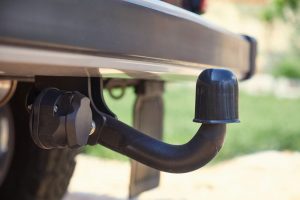 Towbars are much the same as they always have been, just more refined and more options. You can usually choose between a standard two-bolt flange ball, a fixed swan neck or a detachable. Modern caravans are usually fitted with a stabiliser head as standard which requires either a swan neck or detachable towbar or a special long neck two-bolt flange towball.
Towbars are much the same as they always have been, just more refined and more options. You can usually choose between a standard two-bolt flange ball, a fixed swan neck or a detachable. Modern caravans are usually fitted with a stabiliser head as standard which requires either a swan neck or detachable towbar or a special long neck two-bolt flange towball.
It’s the electrical side that has seen major technological changes. Most vehicles are now fitted with safety software that controls many aspects of the vehicle’s handling. When towing this software needs to be aware that you’re towing and make changes to suit. This means it’s not possible to just wire straight in, a ‘dedicated’ vehicle electrical kit must be fitted and if necessary a software update is added.
It is widely recommended that your towbar and electrics are fitted by an NTTA Accredited Towbar Fitting Centre, the complexity of the electrics has meant it has become virtually impossible to be DIY fitted.
Maximum width and length
The rules and regulations that relate to towing are in place to ensure that you yourself are safe as well as others who are around you like pedestrians and other drivers. Further consideration must be given to the width and length of your trailer, the maximum measurements should not exceed 2.55m across or 7m in length.
Is a Tachograph necessary?
There are two factors that you will need to consider, will you be towing for business purposes, and is your total towing weight going to exceed 3,500kg, if your answer is yes to these questions then a tachograph may need to be fitted to your vehicle. There are a few exceptions, for example, for vehicle & trailer combinations with a maximum weight of 7,500kg which are either used to carry materials, equipment, or machinery for the driver’s use in the course of their work or when driving the vehicle is not the driver’s main activity and used within a 100km (62mile) radius of the drivers’ base. A tachograph is used to automatically record your speed and distance travelled, along with your driving activity. It will help to ensure that you are keeping within the laws relating to how many hours a person is permitted to drive in a commercial capacity. More details about exemptions from tachographs can be found here:
https://www.gov.uk/government/uploads/system/uploads/attachment_data/file/506417/hgv-tachograph-exemption-declaration-form.pdf.
If the motor vehicle and the trailer is plated and the total of their gross plated weights exceeds 3,500 kg or if the total unladen weight of the vehicle and trailer combination is more than 1,525 kg then you may find that you need to have a goods vehicle operator’s license An operator’s licence is not required if your trailer’s unladen weight is less than 1,020 kg and you are using it to transport your own goods.
You’ll need a standard Operators licence if you’re carrying other people’s goods for hire or reward (such as working as a courier or freight transport business) and the vehicle and trailer combination exceeds the weight limits above for a single vehicle.
More information about Operator’s Licence can be found here: https://www.gov.uk/being-a-goods-vehicle-operator
Correctly coupling your trailer to your vehicle
Now that you have checked and fulfilled all the requirements mentioned above and you are satisfied that you are legally permitted to tow the next stage is to correctly couple your trailer. It is vitally important that a trailer or caravan is coupled up correctly to the towing vehicle otherwise it can lead to devastating consequences out on the road. Make sure that you use a breakaway cable or secondary coupling and in addition check that the tow bar and trailer is in a level position, not pointing up or down. If the tow bar isn’t level this could be an indication that your load is unbalanced.
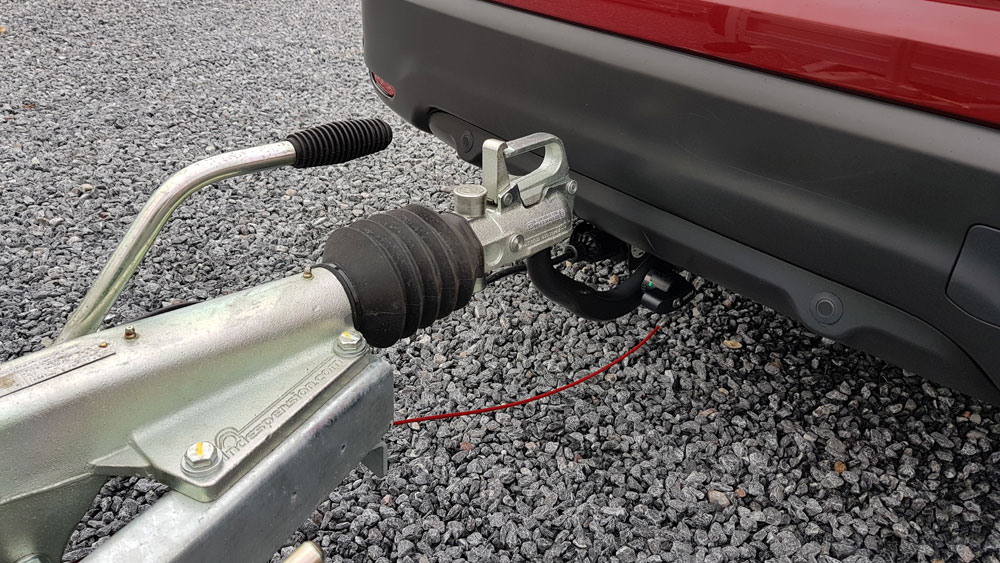
Now to load your trailer or caravan
Loads should always be distributed evenly within your trailer; with big heavy items loaded over the wheels rather than at one end or the other. Take care not to overload and always remember to take into account your trailer’s maximum capacity. Consider the weight of the items you need to transport and decide whether you might need a bigger trailer to accommodate them.
You will need to make sure your load doesn’t overhang or protrude from the sides of the trailer. Also secure the load to prevent it from shifting. Consider which items might move if you were to brake suddenly and adjust them if required. Use straps to tie down your load if necessary.
The nose load should be between 50-100kg, check the recommended load for your vehicle. A simple way of checking the nose load is by using bathroom scales. Place them under the jockey wheel, wind the jockey wheel until the coupling head is the same height as the tow ball on your vehicle then read the weight on the scales.
Useful advice about towing your trailer
It is important that you get a feel for the way in which your trailer reacts when you are towing and you become familiar with it. You will find that a reversing manoeuvre will require you to adopt a different steering technique when you have a trailer attached. A wider turning circle is needed while towing a trailer or caravan due to accommodate for the extra length.
You are now on the road – remember
One or two important points to think about now you are out on the road.
- The national towing speed limit is 60mph on motorways and dual carriageways and 50mph on all other roads, unless otherwise restricted.
- You will need to fit towing mirrors if your trailer width is wider than that of your towing vehicle.
- Your towing vehicle’s number plate must also be displayed on the back of your trailer or caravan.
- Attempt to keep a caravan’s weight as low as possible when being towed.
- Should your caravan or trailer begin to swerve, slow down gently. It can be caused by excessive speed, blustery crosswinds, insufficient or excessive nose load, incorrect loading or overloading.
Happy Towing
Featured Trailer & Caravan Parts













